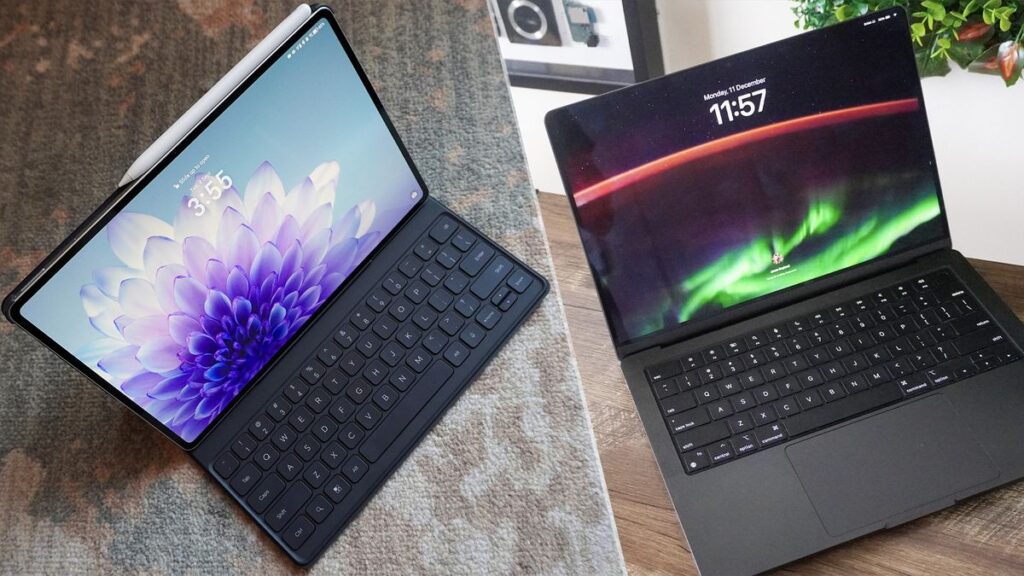The Honor MagicPad 2 was just announced at IFA 2024 and I’ve been testing it out for a few weeks. While I’m waiting for the opportunity to tell you all about it in a review, I thought I’d try something a little different. I replaced my M3 Pro MacBook Pro with this tablet for a week.
You know, Steve Jobs got a lot of things right, but what he completely missed the mark on was this concept of tablets replacing laptops. All his talk, likening the transition to the way people switch from trucks to cars, hasn’t materialized.
No matter how many articles you read and ponder testing whether a tablet can be a laptop, the inescapable fact remains that laptops have won this war for maximum productivity. So that argument is meaningless to me.
What I want to do instead is go back to the world of Android tablets and see if they have evolved further. There’s a reason why the iPad is firmly at the top of our best tablet list. Not only does the iPad have access to a wide range of apps, but it has the performance and features to actually work as a productivity device rather than just binge-watching. You get things done.
In my experience, the Android slab never offered such extensive support, had a much smaller app library, and a much less polished UI. Well, at least that’s what I thought until I spent 7 days using the MagicPad 2 as my daily driver.
smooth operator
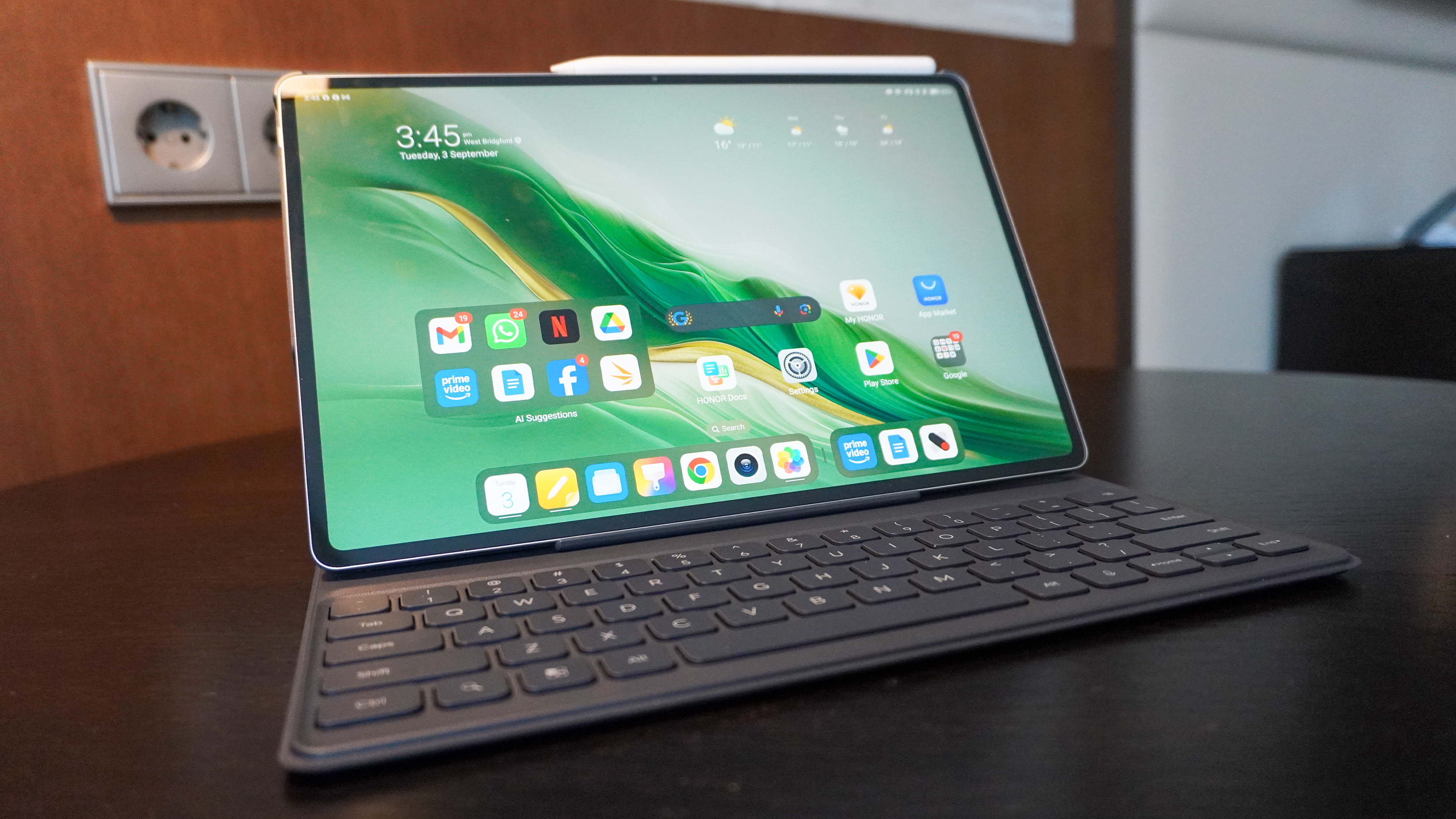
So I set up everything I needed and was done. I have to say I’m surprised at how much you can do here. MagicOS 8.0 (built on Android 14) has a slick UI, and you can tell that Honor has put the time and thought into making this make sense on a tablet.
Multitasking options are just a drag and swipe away, and you can even pre-save frequently used items. I especially appreciate how Magic Portal has become like an AI-infused version of right-click for me. It learns my preferred system features based on my location on the MagicPad 2 and allows me to view them in a list and activate them.
Additionally, Honor’s has done a great job here with its own AI-enhanced app to get things done.
For example, you can do all the same things you can do with Apple Intelligence, such as correcting your handwriting, solving scribbled math, and transcribing your Honor Notes. With a sophisticated file manager in the middle, all your apps work together to create great productivity synergy.
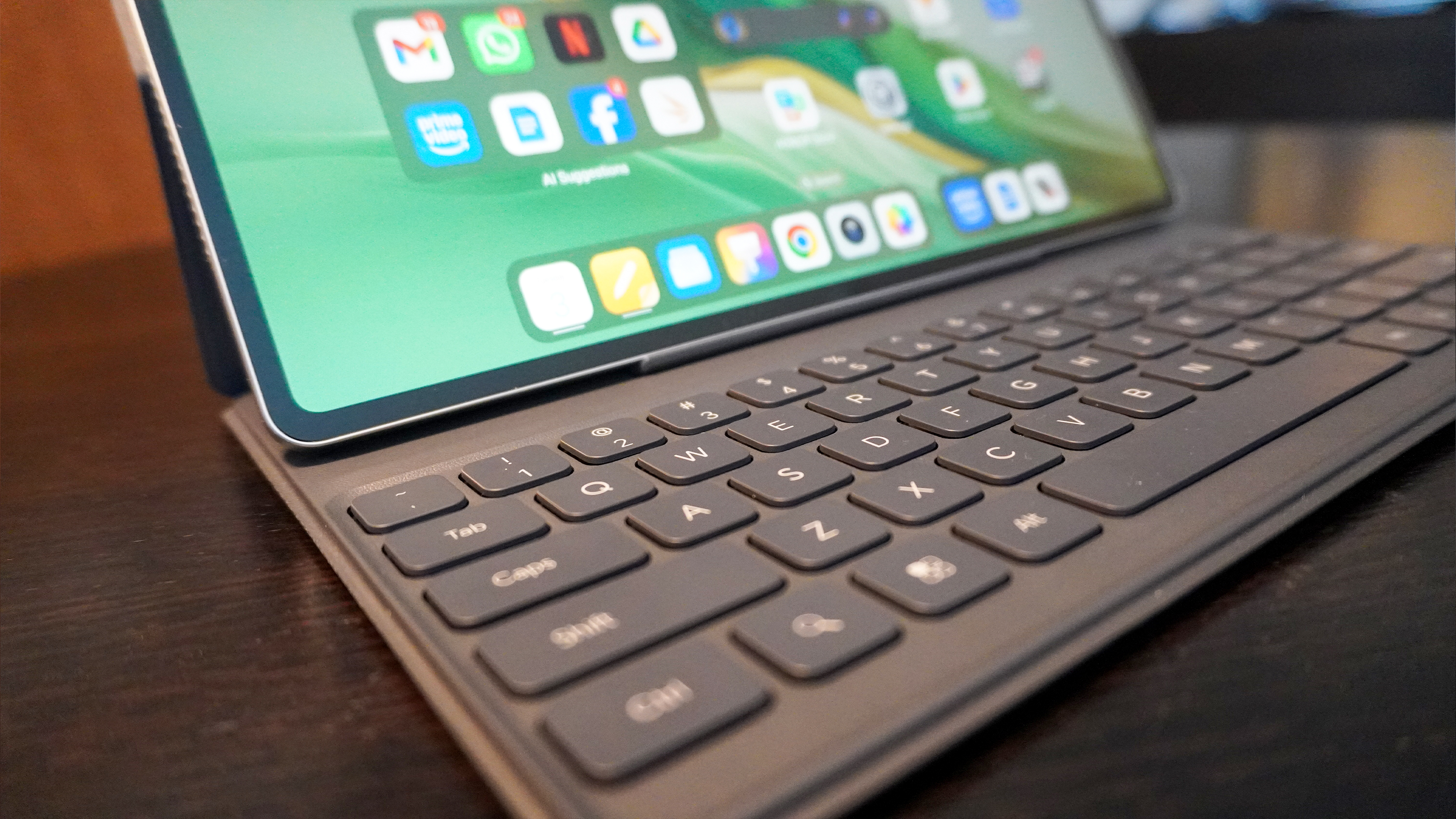
Combine this with your workflow, and I’ve been lucky enough to benefit from tablet-optimized apps like Slack and Gmail, which can quickly get me working hard. Whether you’re sketching out ideas with the Magic-Pencil 3, which features ultra-low latency and wide pressure sensitivity, or typing to your heart’s content with the Smart Bluetooth Keyboard case (1.6 mm of key travel and great feel), this I am happy to write the story and many other stories.
eye candy
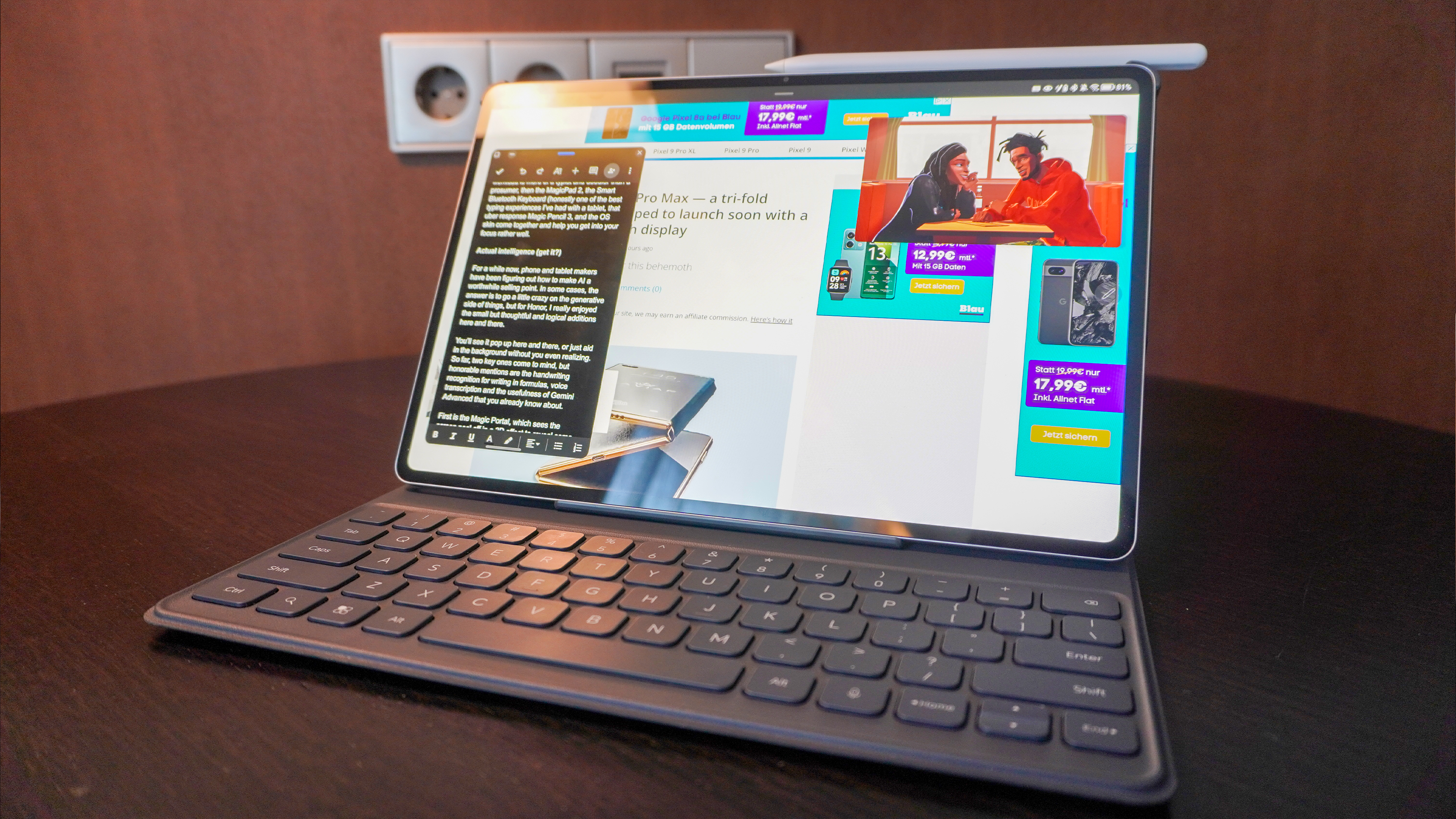
Of course, the main event I’m talking about here is the 12.3-inch 3K OLED panel with 1,600 nits of peak brightness and 144Hz refresh rate. This beats the iPad Pro 2024 with M4 in both resolution and refresh rate, and is just as bright.
In use, the UI zooms very smoothly, the color temperature changes make viewing pleasant, and the combination of color flash flood and peak brightness makes even the most HDR-leaning content look incredibly beautiful.
But 4,320Hz pulse-width modulation (PWM) dimming sounds super technical, and the magic (pardon the pun) doesn’t end there. This means that brightness fluctuations and flickering streaks are essentially eliminated. In addition to that, Honor offers a great feature called AI Defocus Display.
It’s difficult to show this on camera, so I’ll explain it to you. A common problem caused by spending too much time in front of a screen is nearsightedness, but nearsighted glasses (sometimes called defocusing glasses) intentionally blur all of the focus in your peripheral vision, making the screen sharper. can be kept.
Well, the MagicPad 2 is just trying to recreate that using AI. Using a camera to determine the distance and angle to the screen, this panel can reproduce the same defocused glass effect. This is important in reducing the myopic effects of this display.
To say it’s better than the iPad would be an overstatement.
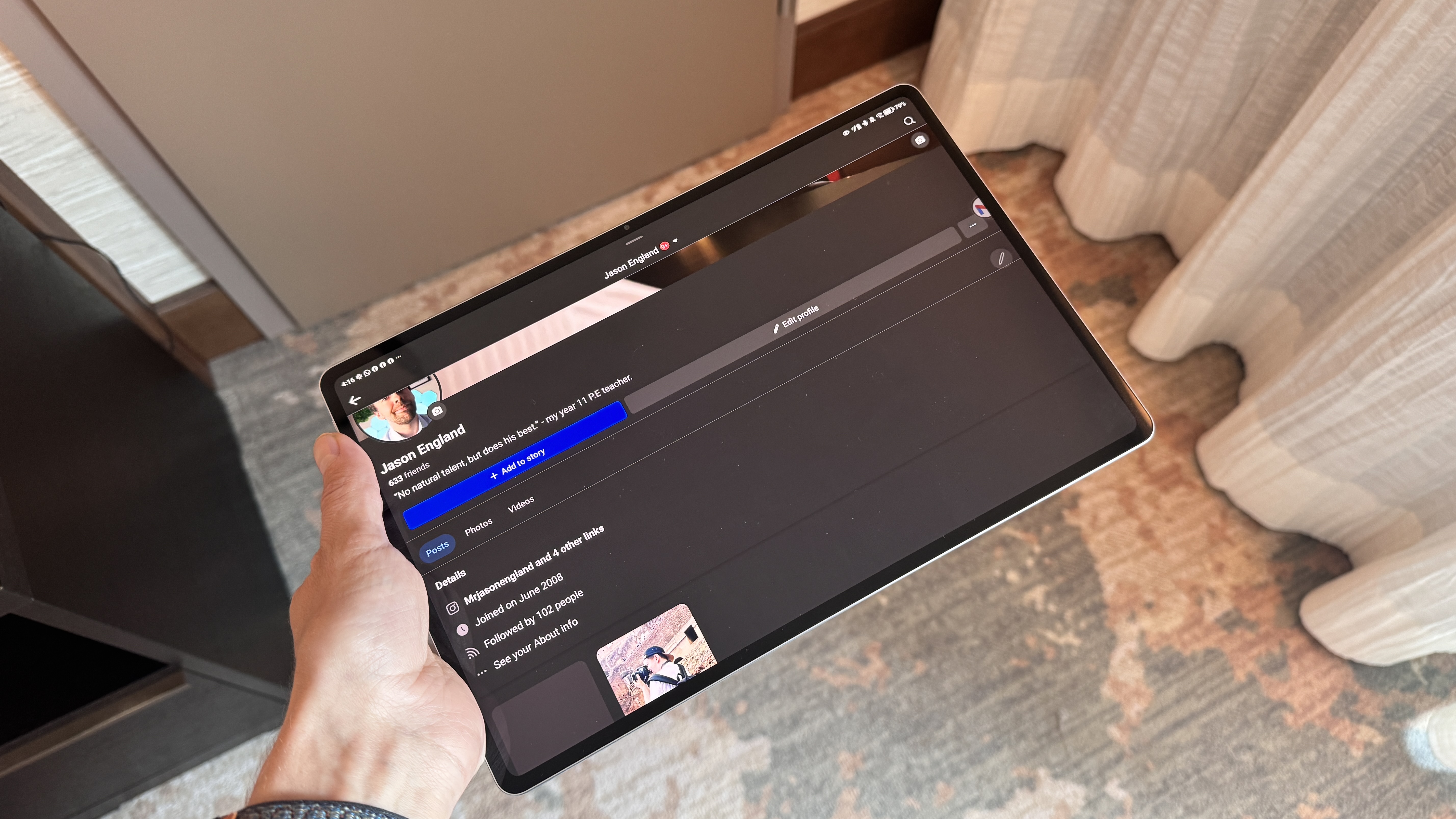
But please stop there. Before I start saying too much, there are a few things I’d like to call Android tablet woes. First, we’re not entirely sure how many years Android will have major updates. On previous devices, Honor promised a five-year lifespan, which isn’t iPad-level longevity, but it’s good enough. Let’s see if that’s the case here.
Second, despite all the work Honor has done to develop office suites and apps that deliver laptop-like productivity, most of the biggest Android apps aren’t built for tablets. You can’t escape the fact. These have a tedious process (Facebook is a prime example) and require you to go into the large screen settings menu to force these apps to full screen. And when it’s all said and done, you’re left with a dysfunctional phone app. It’s always a bit disappointing when you compare this to seeing how developers make the most of the iPad’s extra screen real estate.
On top of that, the Snapdragon 8 Gen 3S is a great sub-flagship chipset for most productivity purposes, but if something more powerful comes to the app store (similar to Final Cut Pro or Logic Pro found on the iPad) ), this tablet will be horribly slow. You can set this up to 16GB of RAM, which is great for multitasking, but you need to be aware of that as this is a phone chipset built into the tablet.
outlook
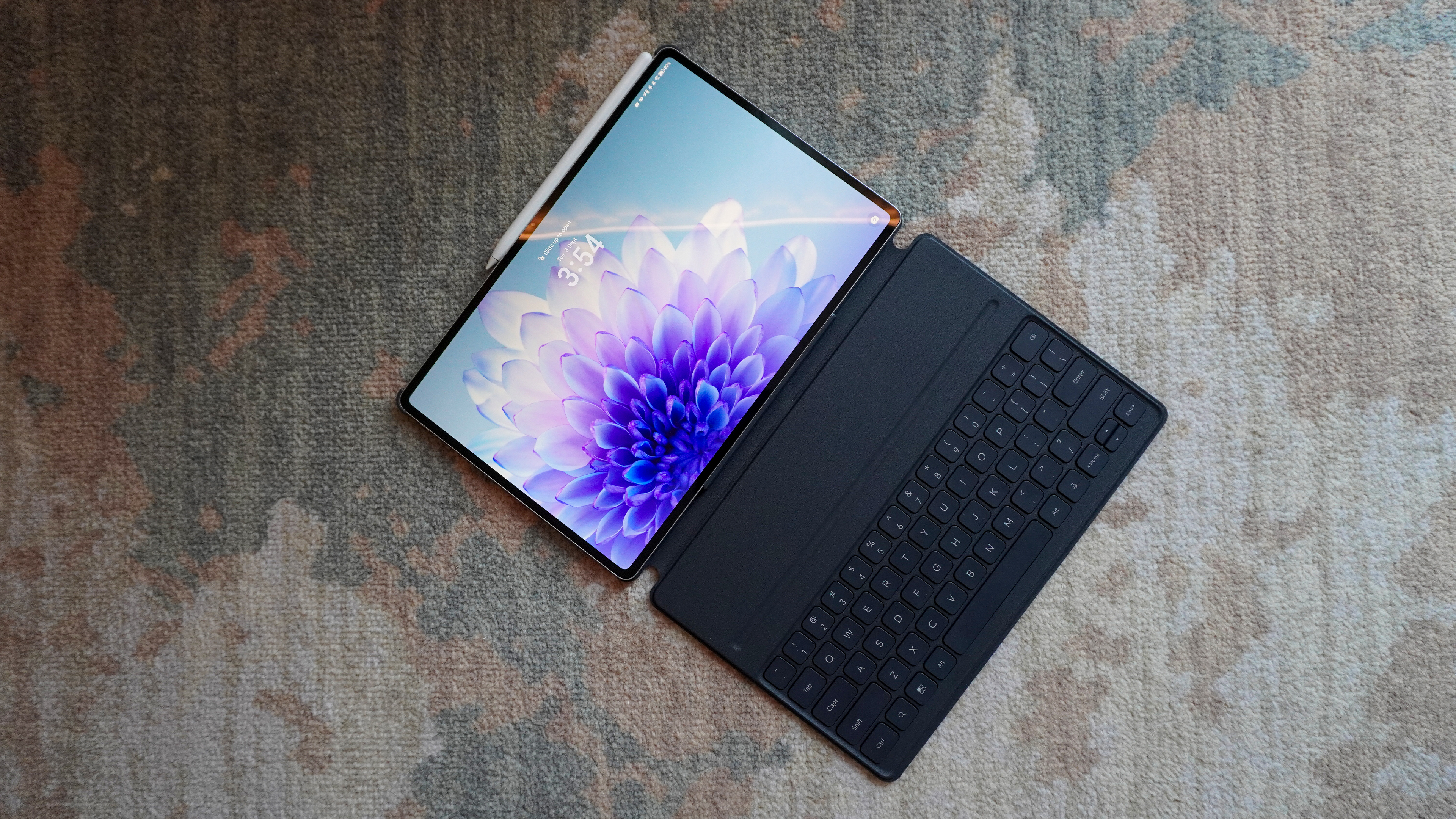
Well, there’s only so much I can say about the Honor MagicPad 2 before we get into the review (don’t worry, it’s coming sooner than you think). But what we have here is a very good tablet, made even more appealing by the iPad Pro’s eye-pleasing OLED display.
We can see that Honor has been working on the tablet game for a long time. That’s because the company avoids the common obstacles when using this OS and makes it extremely easy to use for productivity and entertainment. It reigns as the most iPad-like Android tablet you can buy, and it continues to do well.
As for this little experiment I was doing, I’m sure there are still some limitations to its use when it comes to the whole “replacing your laptop with a tablet” thing. The same common problems rear their heads again: limited tablet app selection and lack of a suite suitable for creative work. Oh, and for everything else, you’re still struggling with the enhanced phone app.
But Android has come a long way on the big screen, and so has Magic OS. I’ve found that almost all of my standard day-to-day tasks can be performed here. At the same time, you can see a great screen. Relaxing after work.


